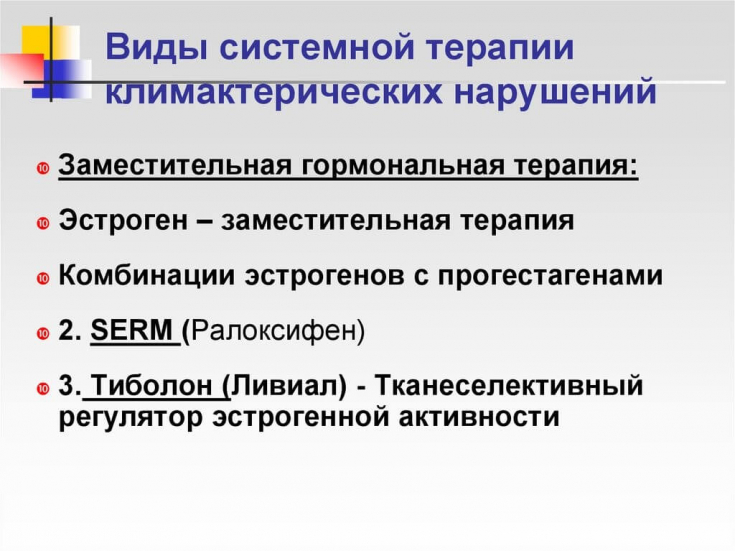has many contraindications and side effects, which causes natural caution among doctors. Since most of the side effects of hormone therapy are pathologies that are related to the problems of internal medicine, there is no doubt the significant role of general practitioners and narrow specialists (endocrinologists, cardiologists, gastroenterologists) in deciding whether hormone therapy is possible for a particular patient.
For more information about the factors to consider when prescribing hormone replacement therapy, read the article on
estet-portal. >com.
- Examinations and indications for hormone replacement therapy
- Contraindications for menopausal/hormone replacement therapy
- Hormone combinations for hormone replacement therapyand Examinations and indications for hormone replacement therapy
When prescribing hormone replacement therapy, a thorough examination of the patient by a general practitioner is mandatory to establish
individual indications and contraindicationsfor hormone therapy, to assess the benefit-risk ratio in each individual clinical case.
Follow us on menopausal hormone therapy (MHT)is recognized as the gold standard for the treatment of menopausal vasomotor symptoms (MVS). MSS significantly impairs the quality of life of patients due to
night sleep disturbancesand correlates with deterioration of the cardiovascular system, as well as with the development of osteoporo for.
Hormonal contraception: features of oral contraceptive prescription Contraindications for menopausal/hormone replacement therapy
According to international recommendations,
contraindications for MHTare:
vaginal bleeding of unknown etiology;- severe liver disease in the active phase;
- personal or family history of breast or endometrial cancer;
- ischemic heart disease;
- history of stroke;
- personal or family history of thromboembolic events.

. The oral formulations increase triglyceride levels by an average of 25%, while the transdermal formulations have minimal side effects.
Also, oral medications increase
the risk of biliary disordersby 3.7 times. This category of medicines worsens the composition of bile by increasing the content of cholesterol, and also reduces the tone and peristalsis of the biliary tract.
This circumstance significantly increases the risk of developing intrahepatic cholestasis and the formation of stones in the gallbladder and biliary tract.
However, the risk of cholestasis and stone formation is significantly reduced with the use ofUrsodeoxycholic acid (UDCA) preparations
. The use of UDCA at a dosage of 8 mg/kg of body weight can significantly reduce blood lipid disorders, improve the performance of the liver and biliary tract — both transaminase levels and cholestasis markers improve as well as ultrasound findings, weight loss in the presence of obesity.
New era of contraception: transdermal patches In the presence of any pathology of the liver and biliary tract
the transdermal method of using hormone therapyhas an advantage over the oral route, due to the elimination of the primary passage of the drug through the liver and reducing the load on the detoxification function of the liver. Typical side effects of
progesteronemay occur during hormone therapy, such as:
nausea;

These side effects are more common with oral formulations and are minimal with transdermal formulations.
There are alternatives to taking
the standard combination of estrogen and progesterone.
Menopausal Hormone Therapy: Time to Dispel the Myths Because progesterone reduces the risk of endometrial cancer at the cost of increasing the risk of breast cancer, an alternative hormonal regimen should be considered —
combination of estrogen with bazedoxifene. Bazedoxifene is a selective estrogen receptor (ER) modulator that shuts down ER in the mammary glands and
counteracts the pro-carcinogenic effectof both endogenous and exogenous estrogen metabolites. It should be noted that hysterectomized patients may be on
estrogen monotherapyand not need the protective effects of progesterone.







Add a comment